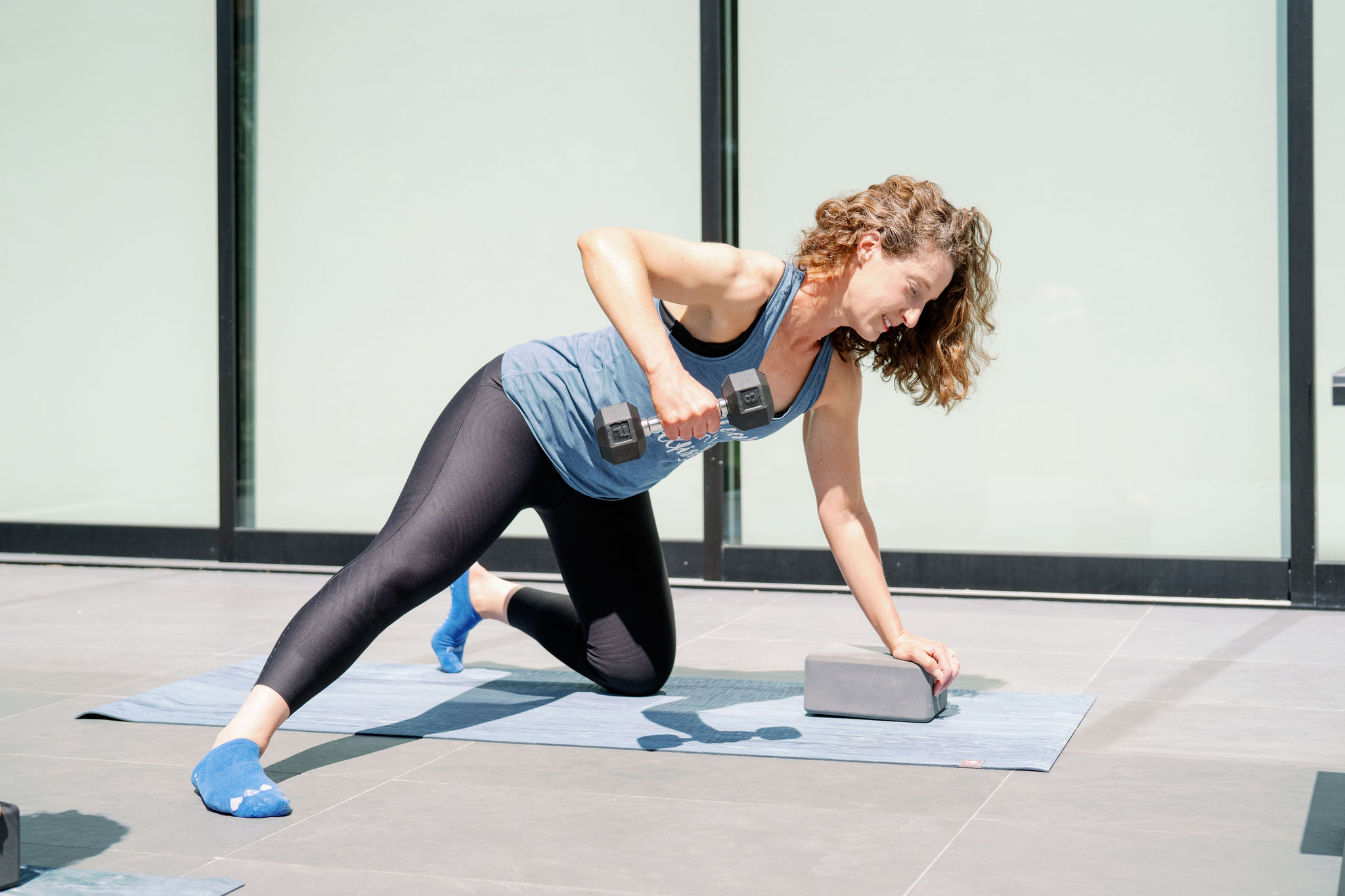Originally published in the Los Altos Town Crier on August 20, 2024
Menopause has historically been a taboo and often misunderstood topic. Although all women go through menopause, very few resources have been dedicated to research, education or treatment until now.
Menopause is not just hot flashes or mood swings, nor is it something that spontaneously occurs overnight. By definition, menopause is the point in time when a woman’s menstruation cycle ceases for 12 consecutive months. While this marks the end of her reproductive years, hormonal changes begin 7-10 years beforehand with a transitional period called perimenopause
Perimenopause typically begins in a woman’s late 30s to early 40s with a drop in estrogen and progesterone. These hormone shifts are often associated with physical signs like weight gain and night sweats, but the impact is much greater. In addition to the aforementioned symptoms, a decline in estrogen can also lead to a decrease in muscle mass, a decline in bone density, a slower metabolism, and an increased risk of cardiovascular disease. The risks associated with these changes are even scarier because, unlike hot flashes, we often don’t notice them until it’s too late.
While menopause is not something women can avoid or prevent, steps can be taken to mitigate risk. One of the most effective ways is strength training. Strength training is important because as estrogen drops, women become more susceptible to osteoporosis, a disease in which bones become weak and brittle. Known as the “silent killer,” osteoporosis impacts an estimated 1 in 5 women over the age of 50, according to the National Institute on Aging, and can significantly and suddenly reduce one’s quality of life because very few people know they have it until a fracture occurs. Strength training stimulates bone growth by applying stress to the bones via resistance training.
Strength training is also important for maintaining muscle mass. According to the National Institutes of Health, muscle mass declines 3-8% per decade after the age of 30. Like loss of bone density, loss of muscle is associated with injuries and a decline in quality of life. Investing in the right type of training to build muscle and offset sarcopenia, or age-related muscle loss, is important for preventing injury, preserving independence and living a pain-free life.
Not all strength training is created equal. High-repetition and low-weight exercises like those found in Pilates, yoga and barre stimulate Type I, or slow twitch, muscle fibers, which contribute to muscular endurance but not muscle size. Low-repetition and high-weight exercises like the “one-rep max” training that bodybuilders do stimulate Type II, or fast twitch, muscle fibers. Type II muscle fibers are associated with speed, power and increased muscle size. However, this type of training is also highly correlated with serious injuries due to the amount of weight being lifted and the force or momentum exerted. One-rep max training is also not as practical for real-world situations where you often must repeat a movement or task, like carrying your groceries or picking up a pet or child for more than a few seconds.
A third approach to building strength is called hypertrophy training. Hypertrophy training is a form of resistance training focused on increasing muscle size by leveraging a specific and structured approach to weightlifting. It involves moderate weights and moderate repetitions, which both stimulate Type II muscle fibers to increase muscle size while also promoting enough endurance to make it useful for real-world experiences. Moreover, a well programmed and well executed hypertrophy training plan that takes into account load, duration, intensity and form yields the desired results without risk of injury.
In the land of Goldilocks, hypertrophy training is the “just right.” Hypertrophy training builds lean muscle, which also boosts metabolism, builds bone density, regulates blood sugar, improves mood, reduces risk of injury and improves cardiovascular health. As a bonus, adding muscle also helps you look stronger and more toned. The benefits are clear, but finding a program that can help you meet your goals can be challenging. Many bootcamp and group classes focus on going harder, faster and heavier, without considering where each individual is starting or how they are progressing over time. Form and alignment are so important, as is finding a program that evolves with your individual needs.
Strength training is essential for overall health, and particularly for women as their hormones change. The key to navigating perimenopause and menopause is to start early. Most people assume that menopause is not something they have to address until their 50s. In reality, a shift happens years before they may overtly notice symptoms. Prevention is key. The sooner you start investing in building lean muscle, the better. It’s like a savings bond in that the interest seems low and slow at first, but it compounds over time and yields a stronger, more capable body over time.
For more menopause resources, check out Midi Health. Founded in Los Altos, Midi is a virtual healthcare platform focusing on women’s health over 40; they take most insurance. Alkalign also offers a safe and accessible hypertrophy training program via its digital platform.



